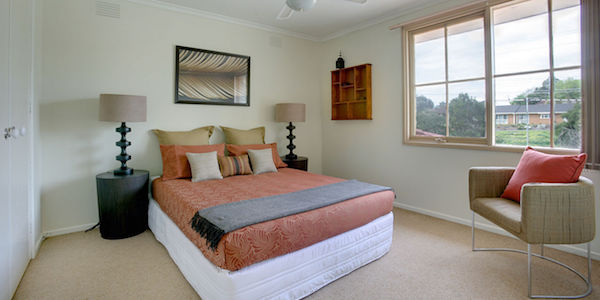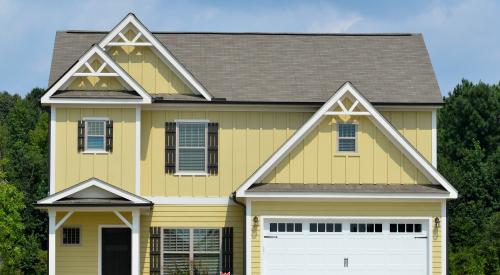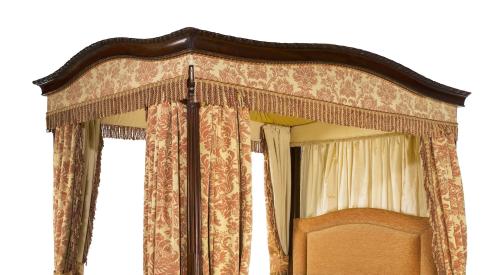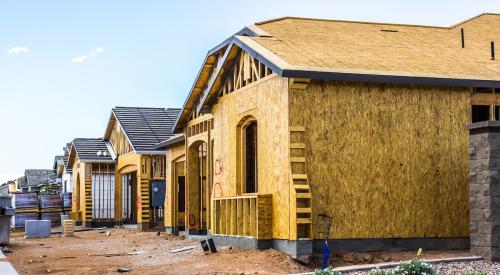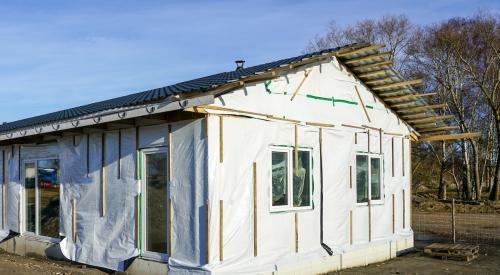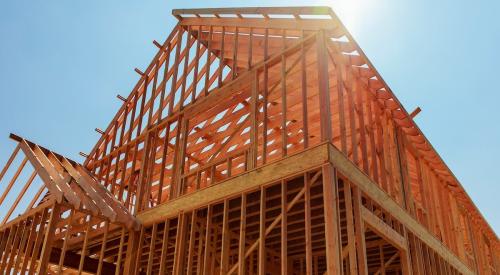Fewer kids today will know the struggles of sharing a room with a sibling. Or, from another perspective, more child-free adults will have sufficient space for their home spas and man caves. The reason: larger homes.
According to data from the U.S. Census Survey of Construction and analysis from the NAHB, 36 percent of U.S. single-family homes started in 2015 have four bedrooms, and 11 percent have five or more—sharp increases from previous rates of 29 percent and 6 percent, respectively, in 2009.
It’s possible for houses to have four or five bedrooms because, on average, homes have been getting larger. According to the Census Bureau, the median square footage of homes completed in 2015 was 2,540, up from 2,159 square feet in 2009. NAHB speculates that the increase in floor space and number of bedrooms is the result of builders opting for higher-end, larger homes during the post-recession period.
Three-bedroom homes are still the most common, but their prevalence declined from 54 percent in 2009 to 43 percent last year. Homes with two or fewer bedrooms made up 10 percent of starts last year.
If you divvy up homes started last year by location, 57 percent of homes in the Pacific region, 55 percent of homes in the South Atlantic region, and 51 percent of homes in the Middle Atlantic region contain four or more bedrooms. But only one-third of homes built in East South Central, East North Central, and New England had four or more bedrooms.
